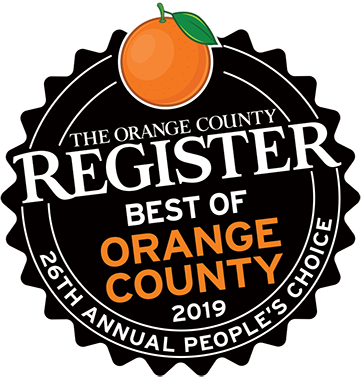The Basics of Rhinoplasty: A Quick Guide
Published on February 25, 2024 by FACEOLOGYMD
Rhinoplasty is a popular type of facial plastic surgery that can change the structure of your nose. Our guide covers the basics of rhinoplasty, so you can become familiar with the procedure.
The Rhinoplasty Procedure Explained
A rhinoplasty, also known as a “nose job,” is a surgical procedure that enhances the look or function of your nose. Changing the size, profile, and proportions of your nose can help correct a birth defect or injury that affects your breathing or your appearance. Cosmetic rhinoplasties are elective surgeries that can help your face look more balanced, while functional rhinoplasty can help correct structural issues that affect your health. Both procedures may involve modifying the structure of your skin, bones, and cartilage.
The Ideal Candidate for a Nose Job
Rhinoplasty is a common yet significant and permanent surgery that requires careful consideration and full commitment to healing. Candidates may be ideally suited for rhinoplasty if:
- Their facial growth is complete. Although some teens have rhinoplasties, most doctors prefer to operate on patients who are over 18 years of age.
- They understand that their bone structure, skin thickness, and nasal tissues may limit what the surgeon can change.
- They’re physically healthy and have no serious medical conditions or illnesses, including heart or lung disease, bleeding disorders, diabetes, or high blood pressure.
- They can avoid using tobacco products and alcohol for several weeks prior to and following their surgery.
- They are not nursing or pregnant.
Good candidates for cosmetic rhinoplasty:
- want to change the shape of their nose and have a clear idea of the look they want to achieve.
- have realistic aesthetic goals and a positive outlook on life.
- want to change their look to please themselves and are prepared to live with the results.
Good candidates for functional rhinoplasty:
- want to improve their health by correcting nasal defects or obstructions that impair their breathing.
- have realistic expectations and are aware that rhinoplasty may not solve all their health issues.
- are aware of potential complications and risks involved in surgery and understand how the operation will proceed.
What to Expect after the Procedure
Recovering from rhinoplasty can seem like a slow process, but most patients think the results are worth the wait. After surgery, your doctor will provide you with detailed aftercare instructions that include medication and cleaning schedules and signs of infection to monitor. Taking care to follow these directions will give you the best chance of achieving ideal results. Your doctor may split or pack your nose and bandage it to support and protect your new facial structure. This dressing will come off after one week. You’ll experience swelling, bruising, pain, and tenderness on your cheeks, nose, and under your eyes that will start to heal after a week. During the first three to four weeks of healing, most bruising and swelling will disappear, but your nose may still look enlarged. It can take a year to see the final shape of your new nose because the swelling will subside gradually.
Frequently Asked Questions
Can I Sleep on My Stomach after Rhinoplasty?
After rhinoplasty, elevating your head and sleeping on your back are the safest bets. You should avoid sleeping on your stomach or your side for at least a month because you could potentially place pressure on your nose that could interfere with healing.
Will My Rhinoplasty Be Covered by Insurance?
If you are having a rhinoplasty to treat a medical issue like a deviated septum or blocked sinuses, your insurance company may cover your surgery, depending on your policy. Cosmetic rhinoplasties are typically not covered by insurance.
Can I Blow My Nose after Rhinoplasty?
You can blow your nose very gently the day after your rhinoplasty, but if your procedure was complex, you may need to wait until your doctor gives you permission. Blowing your nose forcefully could potentially open your wounds and damage your healing tissues.
The Importance of a Professional Consultation
If you’re considering having a rhinoplasty, you’ll want to consult with an expert and experienced plastic surgeon. A specialist will be able to discuss all the details, risks, and potential outcomes of surgery, evaluate the likelihood of meeting your aesthetic or medical goals, and tailor your procedure so that you’ll achieve the most ideal results from your procedure.
Schedule a Consultation with Our Plastic Surgeons
Having a rhinoplasty can improve your health and your self-image and boost your confidence. Our surgeons in Newport Beach, CA, specialize in providing the best possible care to our patients so that they will be thrilled with their new nose for years to come. To discover how a rhinoplasty can improve your quality of life, schedule a consultation with our team. We’ll be delighted to discuss how rhinoplasty can help you put your best face forward.










